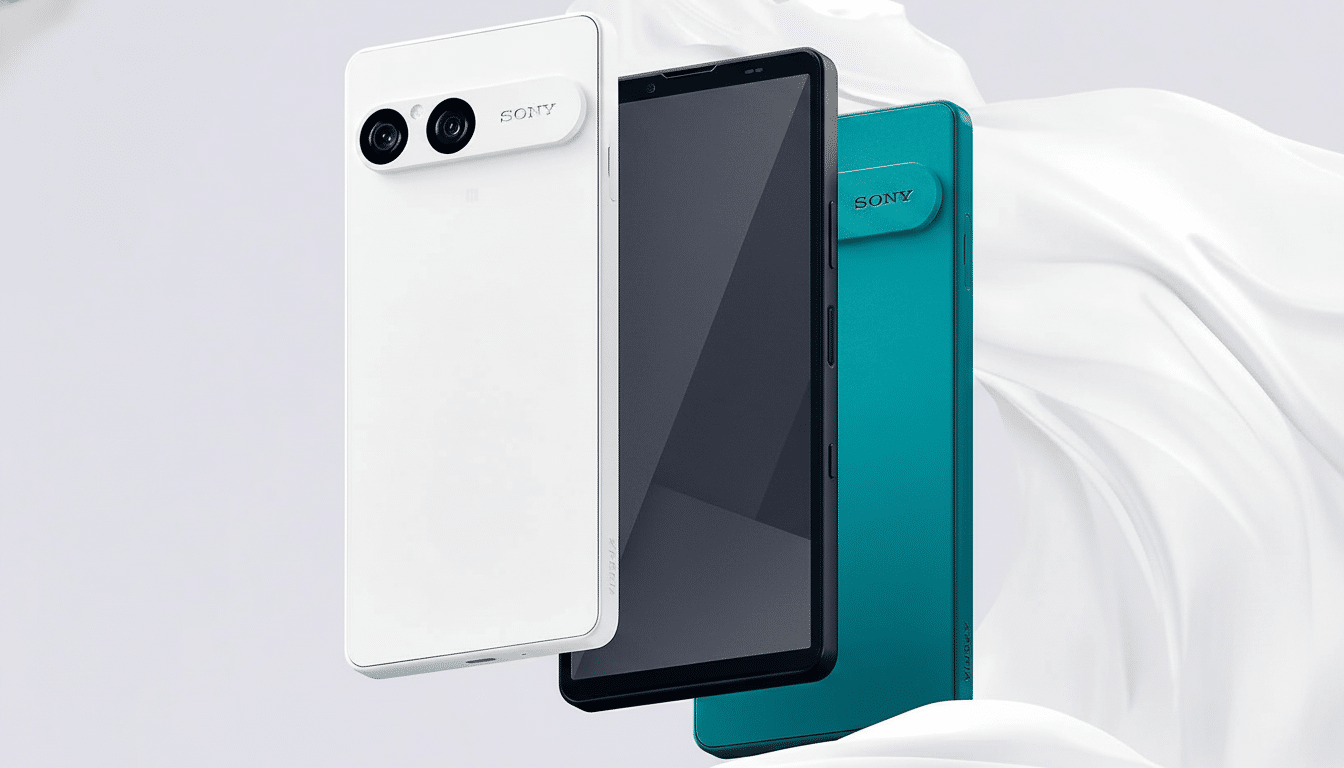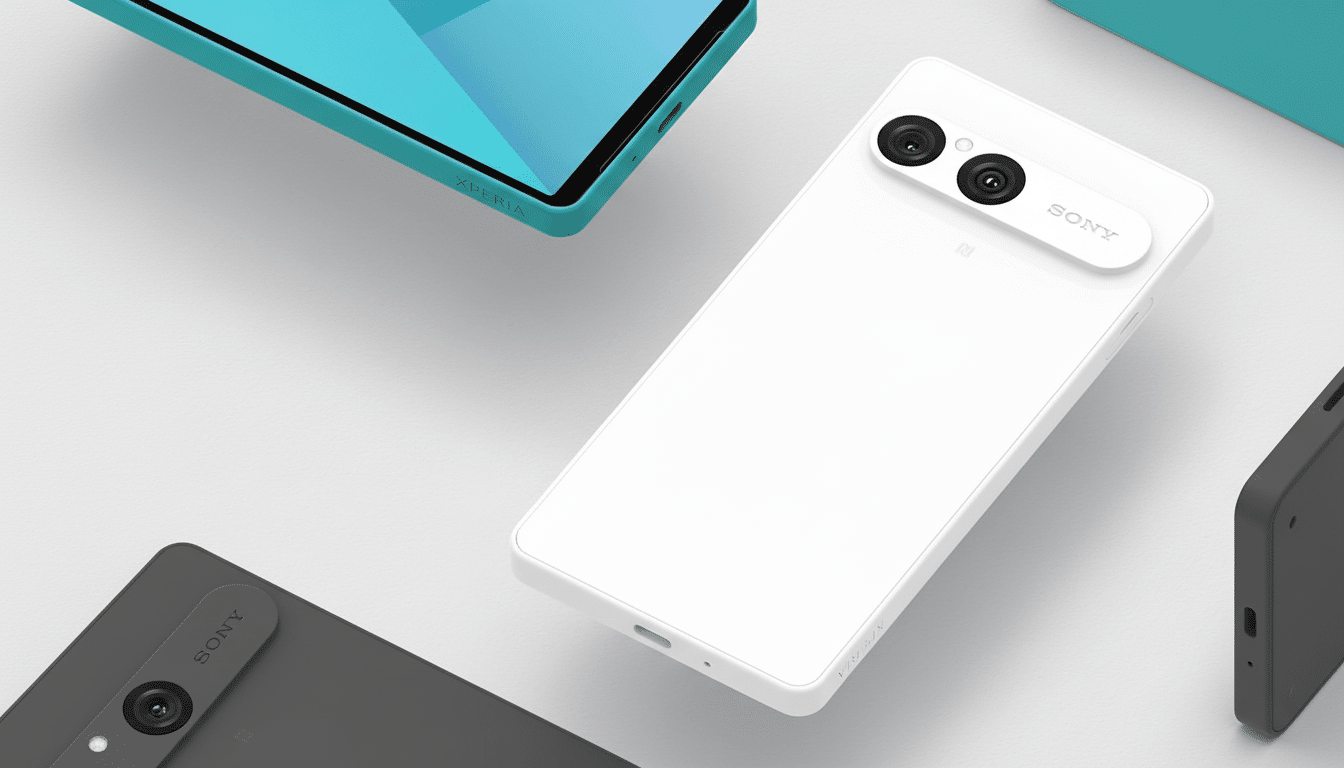There’s an incremental but important shift starting to happen across smartphone boxes. Now, it is possible that the humble USB cable could be next after chargers go away. An unboxed retail unit of the Sony Xperia 10 VII was recently found adorned with iconography that suggested there would be no charger and cable inside, and now early adopters are saying that’s exactly what they got. It’s a subtle move, but one that could rapidly proliferate through the industry.
Manufacturers often justify this by saying most people already have multiple USB-C leads, so leaving one out saves on materials and packaging waste. The precedent is plain: If one major brand shows phones can be shipped without a charging brick, its competitors will follow. The same market dynamics — and margins — are now coalescing around cables.

Why Manufacturers Are Doing Away With Cables
The official line is sustainability. That’s left some people wondering why they should bother with an extra cable (in addition to the dozens of USB-C cords you probably own today) in 2021. Fewer in-box accessories result in smaller boxes, more devices per shipping pallet and plastic and copper saved overall.
There’s also the hard math of cost. A plain USB-C to USB-C cable is cheap in bulk, but subtracting one from millions of units is not nothing. Analysts say shaving even a few cents off of a bill of materials per device can save tens of millions for a top-tier portfolio. Retailers cash in as well, with smaller packaging that is cheaper to store and ship.
There’s also a push toward accessory sales. When they’re not bundled, a decent share of those buyers will grab first-party or certified aftermarket options at checkout, helping pad out high-margin add-on revenue.
The Environmental Math of Removing In-Box Cables
The eco case isn’t hand-waving. According to the U.N.’s Global E-waste Monitor, tens of millions of metric tons of electronic waste are produced annually, with less than a fifth collected and recycled. Cables are a tiny slice of that mountain, but there are so many — and they’re often short-lived.
Cutting accessories also reduces upstream emissions. Small retail boxes increase box density, resulting in fewer transport emissions per unit. Several life-cycle assessments cited by industry groups and research laboratories have related lighter packaging to tangible carbon savings across shipping networks.
The counterargument is what Ms. Chappel calls rebound behavior: consumers who buy several cheap, low-quality replacements so the net gain dwindles away. That’s why the quality conversation is as important as the quantity.
Charging Standards and Safety When Choosing Cables
All USB-C cables are not created equal. Their power profiles, data speeds and build quality will differ widely. Sure, USB Power Delivery (USB-PD) has progressed to PD 3.1, delivering higher power in watts and PPS for variable voltage, but by and large, cables included with your device are more often than not just plain-Jane, run-of-the-mill USB 2.0 leads featuring unimpressive data speeds and meager power ratings. Excluding them doesn’t necessarily diminish the experience — not if buyers have better cables in their possession, anyway — but it does shift some of the burden onto consumers.
There is tangible risk in going too cheap. Famed Google engineer Benson Leung has said that out-of-spec USB-C cables can destroy devices or charge them at incompatible rates. The USB Implementers Forum (USB-IF) operates a certification program; cables that conform to the spec have correct resistors and, for higher power, e-marker chips. Shoppers should focus on certified labeling and reputable brands, particularly if using fast charging or connecting laptops and monitors.

There is another wrinkle here: manufacturer-specific fast charging. Some Android phones top out for speed only with the manufacturer’s cable and charger. If the in-box cable goes the way of the dodo, manufacturers must provide clear labeling about what accessories are needed to achieve stated speeds — or face disappointing customers.
Market and regulatory signals point to leaner boxes
The momentum is already apparent beyond phones. The last few model years of the most widely used wireless earbuds are supposed to come with some sustainable-design sheen because they no longer carry bundled USB cables. Regulatory-wise, the European Union’s common charger rules are making micro-USB a thing of the past for many portable devices, which will lower the need for extra cables and cut down on duplication in households.
There are more than a billion smartphones that ship worldwide annually, according to IDC. Even if half of them ship without cables, that amount of reduction in materials and packaging size would be substantial. Premium and midrange models can be expected to spearhead the shift, with budget devices in parts of the world keeping cables around a bit longer so as not to create any friction for new customers.
There will be regional exceptions. Some regulators have pushed back against the removal of chargers, and carriers in some markets are still demanding fuller in-box bundles. But the overall direction of travel is clear: Leaner boxes and accessory upsells.
What buyers can do now to prepare for missing cables
Inventory what you already have. You probably already own at least one high-end USB-C to USB-C cable compatible with safe fast charging, so use it if you have a recent laptop or phone. To ensure compatibility, look for USB-IF certification on the product specification sheet of any new charging accessory you buy, along with power rating (60W vs 100W or higher), e-marker presence for high-wattage products, and the data standard you need (USB 2.0 for basic charging and data; USB 3.x or USB4 for speedy data and video).
Match the cable to the task. A 3–6 ft length is perfect for using a device on a couch or in bed while charging. Maintain enough bandwidth for desktop docks or displays using Alt Mode video. As a general rule, it’s better to buy from reputable brands or the phone maker’s own store to reduce the chances you’ll get out-of-spec stuff.
The bottom line: The missing cable will in all probability become the new normal, as did the missing charger.
It will be a small shift for most people. For the industry, it’s an equation that balances a sustainable narrative, logistics efficiency and accessory economics — one that’s likely to guide what “in the box” means for your next phone.

